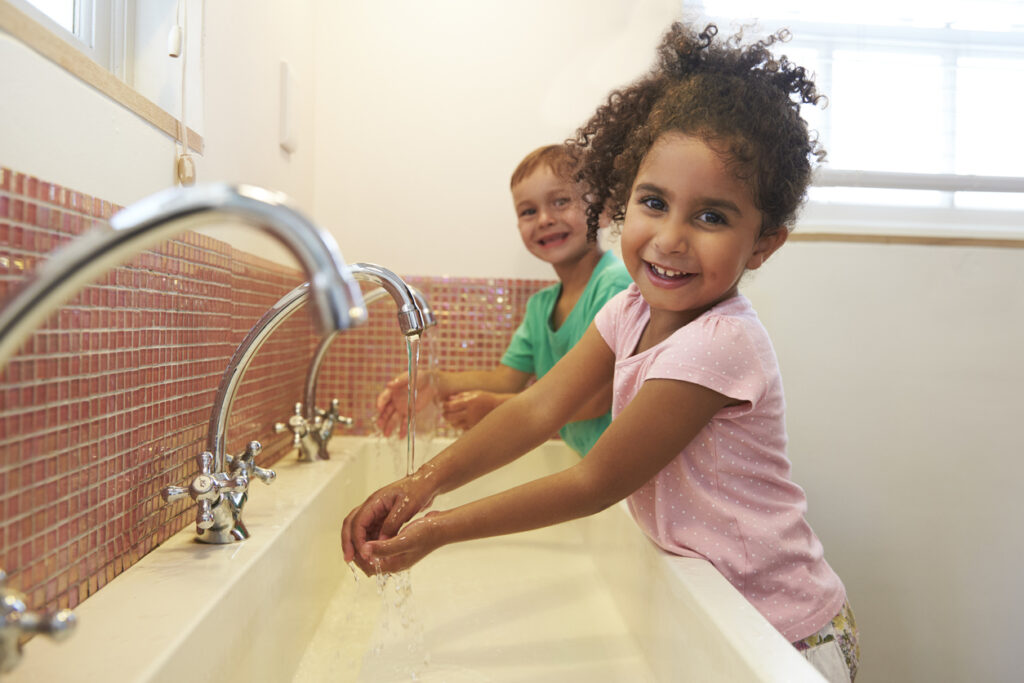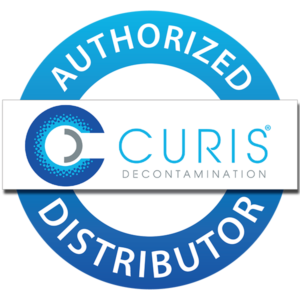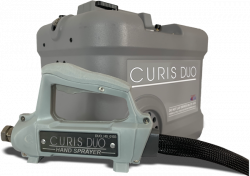Proper cleaning & disinfection of all the surfaces in schools and learning institutions is one way of safeguarding the health and safety of students, staff, and teachers. The COVID-19 pandemic altered everyday life, and getting back to school won’t be business as. Physical distancing protocols, wearing of face masks, and regular washing or sanitization of hands are some of the measures that all schools have set in place as they prepare to welcome students and teachers back to campus.
Besides these precautionary measures, having a cleaning and disinfection plan will further help schools and institutions build confidence among students, teachers, staff, and parents. While most schools already have an ordinary cleaning routine in place, it is an added advantage to run a parallel school disinfection program where all the surfaces and environments within the premises are thoroughly addressed.

School Disinfection Process
The effectiveness of the disinfection process depends on several factors. For instance, a large-scale disinfection unit will speed up the disinfection process and ensure all areas and surfaces are fully covered. Similarly, an effective, EPA-registered disinfectant ensures all viruses, bacteria, fungi, and mold are destroyed during application.
To achieve the best results, schools should invest in a large-scale, hospital-grade disinfection unit as well as a disinfectant that is formulated to handle a wide range of pathogens, including antibiotic-resistant bacteria.
Before carrying out mass disinfection of all spaces and surfaces, schools and learning institutions should have a guiding map depicting the high-traffic areas and high-touch surfaces within the premises. The facilities personnel and operations supervisors should also develop a protocol to ensure all the rooms and surfaces are thoroughly cleaned before applying the disinfectant.
When deciding whether to only clean vs. clean and disinfect, below are some key considerations:
- Outdoor areas such as playground equipment, benches, railings, tables, and similar spaces may only require regular cleaning. However, in certain circumstances, disinfection may be necessary. For instance, if there is a known outbreak in the area, or if one of the students is diagnosed with an infectious disease, such as COVID-19, Norovirus, Hand-Foot-Mouth, etc.
- High-touch surfaces such as desks, chairs, doorknobs, bathroom surfaces, etc. should be cleaned then disinfected.
- For electrical or electronic devices such as light switches, shared laptops, and tablets, it is wise to use a system like the CURIS DUO™, which is both safe and effective at eliminating germs and bacteria.
- Porous or soft materials shared by students such as towels, blankets, and jerseys should be laundered frequently with a disinfectant to avoid the risk of mold, fungal, or bacterial infection.
The frequency of cleaning or/and disinfecting surfaces depends on the risks that those areas pose. For instance, some areas, such as classrooms, should be cleaned and disinfected daily, while high-traffic areas like bathrooms should be cleaned and disinfected twice or even three times a day.

Hospital-Grade Disinfection for Optimal Results
A good rule of thumb is to choose a large-scale, hospital-grade disinfection system that is both effective and reasonably priced. An example is the hospital-grade CURIS DUO™, a decontamination system designed to eliminate several pathogens in different environments, including weight rooms, classrooms, computer labs, locker rooms, and buses.
Some of the benefits of the CURIS DUO™ include:
- High-efficacy – has a 99.9% kill rate, which means it can eliminate all living microbes, including the deadliest viruses and most resistant bacteria, with a single disinfection treatment.
- Flexibility – portability of the system allows deployment in a number of environments
- Safety – CURoxide™ disinfection solution contains hydrogen peroxide and poses no harm to people with allergies, respiratory issues, contact dermatitis, and other health complications. The formulation is also environmentally friendly, will not stain clothes, and doesn’t stick to surfaces after application.
Note: When choosing a disinfectant, it’s recommended to always select products that are EPA-approved. CURoxide™ disinfection solution is EPA-approved for use against COVID-19 and is listed in the EPA’s List N.

Final Thoughts
Developing a school sanitizing strategy requires a solid plan that encompasses the areas to clean and disinfect, the disinfection process, and the choice of disinfecting products. Large-scale, hospital-grade disinfecting units such as the CURIS DUO™ offer several benefits: ease of use; non-bleaching, non-corrosive, portable, fog and spray capability; and flexible, safe deployment.



